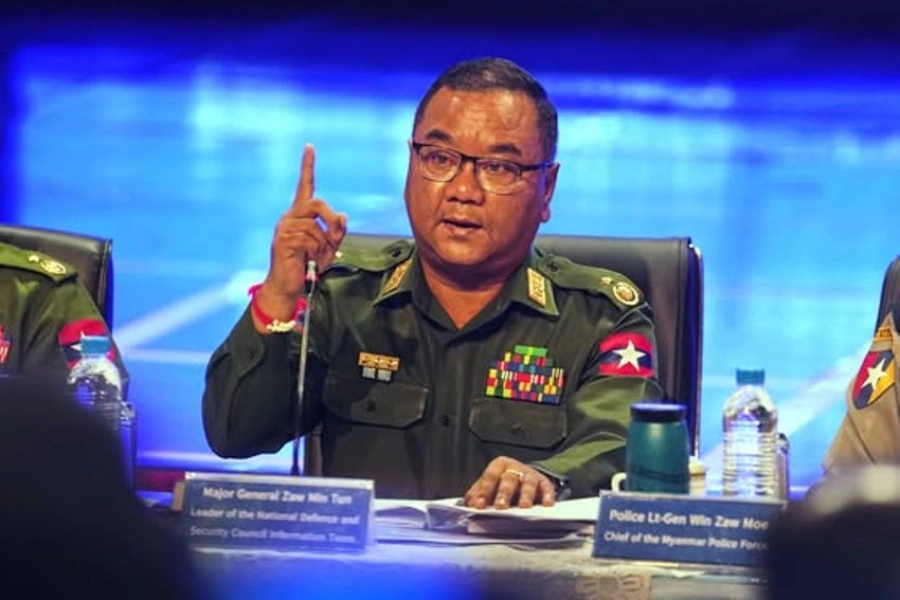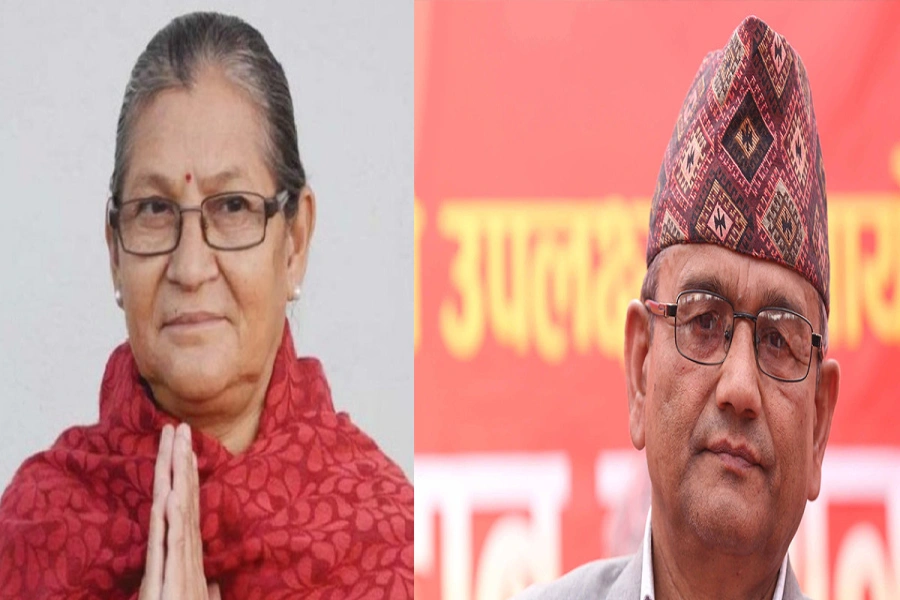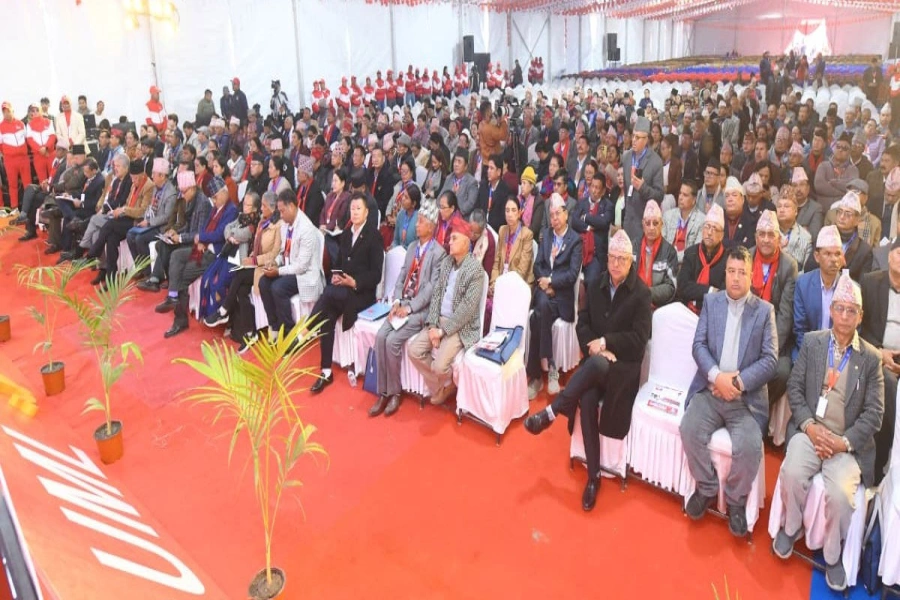Nepal was officially declared a Federal Democratic Republic on May 28, 2008, by the first Constituent Assembly, even though it was unable to promulgate a new constitution. However, with the promulgation of the constitution through the second Constituent Assembly on September 20, 2015, Nepal transitioned from a constitutional monarchy and a unitary system of governance to a federal democratic republican system of governance. Democracy, republic, federalism, secularism, inclusive proportional representation, and a mixed election system are prominent features of the present constitution. Federalism is a key component of the Constitution. The federal system of governance was believed to ensure economic equality, prosperity, and social justice by eliminating discrimination and oppression based on class, caste, region, language, religion, and gender, created by the centralized, unitary system of governance, and fulfill the aspirations for sustainable peace, good governance, development, and prosperity. It was further aimed at ensuring easier and stronger access of oppressed groups to state power and resources, respecting, protecting, and promoting diversity along with autonomy and decentralization of power, and building an egalitarian society founded on the principles of proportionality, inclusivity, and participation.
Nepal's federal structure comprises three levels, namely the Federation at the top, seven provinces in between, and 753 local levels at the bottom. The Constitution authorizes all three levels to legislate, formulate plans and policies, and mobilize resources within their jurisdictions. Each province and local level has its own government, along with the federal government at the center. The political parties didn't really debate federalism all that much, and there could not even be a general consensus regarding the federal structure. The principles and spirit of federalism were violated while demarcating the provinces, and the earlier-agreed five bases of identity and four bases of capability for state restructuring were completely ignored. The accessibility to the headquarters of the majority of provinces is not convenient for the people there, and the disgruntlement regarding the name of the provinces still exists. Although not fully satisfied with the existing federal structure that lacks any scientific or theoretical basis, Nepalese citizens have a lot of expectations from federalism. However, the work has not been done in accordance with their aspirations for peace, good governance, development, and prosperity under the new system.
Book review: Analyzing political economy of federalism in Nepal

Provincial and local levels have failed to meet people's expectations with inefficient structures and weak institutional capacity. They have faced challenges in terms of skilled human resources, technical expertise, financial management, and governance capacity. Lack of subject knowledge and capacity among people's representatives has usually been seen as the main obstacle in educational administration, natural resource utilization, and justice delivery, especially at the local level. Many local levels lack technical competence in plan selection, plan implementation, budget writing, and presentation. These issues have hindered public service delivery and policy implementation at the provincial and local levels. It is frequently heard that the provincial and local governments serve as recruitment centers for political party workers, and the majority of people's representatives misuse public funds and benefit for their own gain. Besides, unlawful transfers of government funds at the end of the financial year are also frequently reported.
There has been a significant decentralization of corruption in place of the promised delivery of Singha Durbar to the villages and assurance to the people of access to government services at their doorsteps. The entire system is corrupt, as corruption takes root from the center to the bottom. The general public no longer has faith in government agencies to offer services devoid of bribes since they have witnessed and experienced pervasive corruption. Moreover, there is the imposition of a heavy tax on the people, gross misuse of funds, and duplication of work at the federal, provincial, and local levels. Indices related to governance, corruption control, and delivery are very disappointing. Democratic and constitutional institutions have been severely eroded because of extreme politicization and party-ization. New records of corruption and bad governance have been set instead of controlling corruption and ensuring good governance. The government and the political parties have failed to end the corruption and bad governance that permeate society and ensure good governance.
Similarly, political instability in the country appeared to start in the provinces, with Gandaki's government changing before the federal government changed in the first term and Sudurpaschim's government in the second term. The recent series of events in the Koshi province has added more concern. The incessant game of power acquisition is increasing the negative perception of the province in the public's mind. There is a growing public grievance that the federal structure has only led to a rampant increase in the administrative and managerial expenses of the country. Although the constitution has provisioned all three levels of government to operate autonomously, provinces and local levels have limited revenue generation capacity and still continue to rely on grants from the federal government to sustain their operations, even six years after the implementation of federalism. This kind of reliance, along with poor service delivery and an exponential increase in corruption, has reinforced arguments against the necessity and relevance of federalism. All these malfunctions against the will of the people have resulted in great anger, dissatisfaction, and disgust among the people towards the government and political parties. People are driven to compare the current governance system with the previous one. The voices in favor of the previous state structure are gradually increasing.
Though the fact is that the institutionalization and implementation of federalism are perfected through practice, it seems difficult in the context of Nepal due to its expensive and complex nature. It requires a series of structural formations for its balanced operation. However, the increasingly negative perception and increasing aversion among the people towards federalism in Nepal, just eight years after the promulgation of the constitution and six years after the implementation of federalism, are serious matters of concern. It is the fundamental principle and essential condition of a democratic system to run the state in accordance with the constitution, the law, and in a transparent manner. There is a severe lack of culture, conduct, good governance, and corruption control. In order to sustain and strengthen the present federal system of governance, the government, political parties, and leadership should guarantee good governance and effective service delivery by developing, reforming, and strengthening the system. It seems mandatory to strengthen the capacity of local and provincial levels, their governments, and their representatives to effectively manage their responsibilities, as well as the successful implementation of federalism. It is essential to continue federalism-related activities, preserve the valuable components, and make progress even by amending the constitution.





































